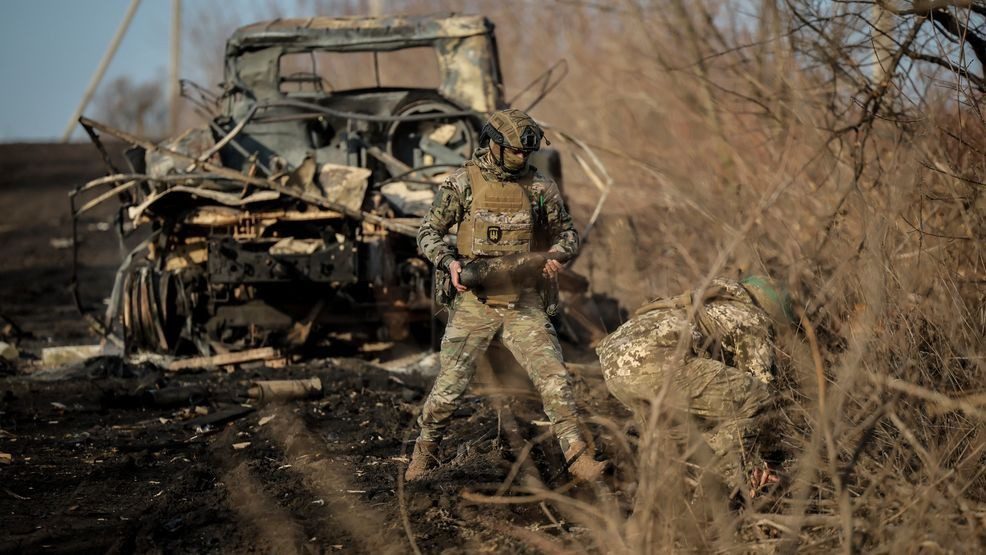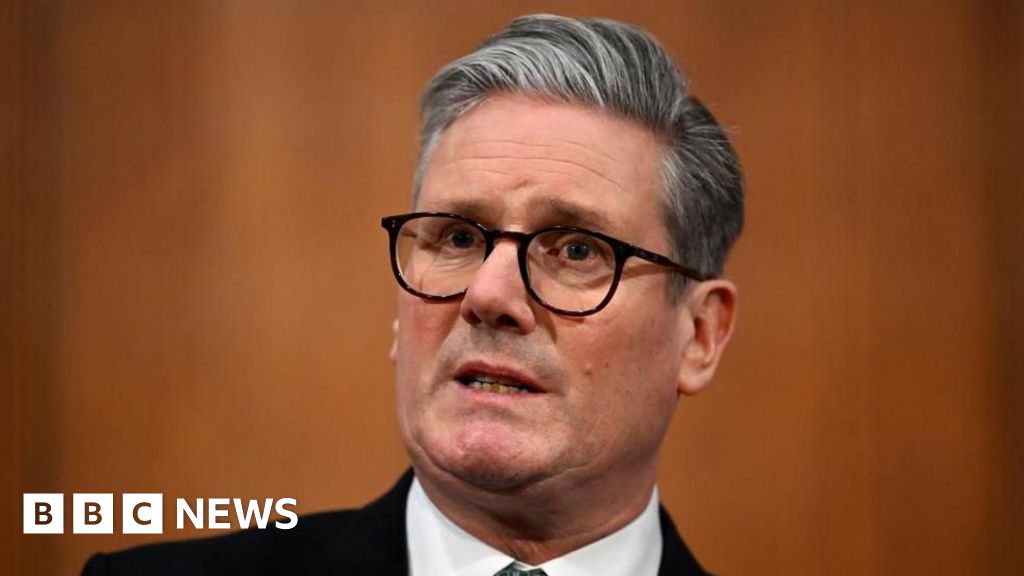
WASHINGTON (TNND) — As the Russia-Ukraine conflict nears its third anniversary, the ambitions of both nations continue to draw significant global attention.
Russian President Vladimir Putin has previously asserted that the rationale behind the invasion was to “vigorously defend its future against the aggression from neo-Nazi factions and their allies.” However, an analysis from the Council on Foreign Relations indicates that Russia’s aims include undermining Ukraine’s connections to NATO, curbing Ukrainian nationalism, and extending Russian territory.
On the other hand, Ukrainian President Volodymyr Zelenskyy has detailed his nation’s ambitions in a “Victory Plan” released last October. This strategy highlights securing NATO membership, bolstering military support from the West, and forging robust security alliances. Zelenskyy has firmly rejected any peace agreements that would validate Russia’s territorial claims but remains receptive to diplomatic discussions on Ukraine’s terms, as noted by the Council on Foreign Relations.
The ongoing conflict has incurred immense human and financial tolls. The United Nations High Commissioner for Human Rights has reported that over 12,300 civilians, including 650 children, have lost their lives in Ukraine. Experts suggest this number might be an underrepresentation, as it only includes confirmed fatalities.
Military losses have also been substantial. According to the General Staff of the Armed Forces of Ukraine, approximately 839,040 Russian military personnel have been killed, while an independent assessment by the BBC in Russia estimates the death toll at around 90,000. Ukrainian losses are likewise grave; President Zelenskyy disclosed in December that 43,000 Ukrainian soldiers had perished. U.S. officials informed The New York Times in 2023 that by August of that year, 70,000 Ukrainian soldiers had died.
On the financial front, the United States has allocated nearly $183 billion for Ukraine as of September 2024, according to the Special Inspector General. This funding encompasses missiles, ammunition, combat vehicles, as well as economic and humanitarian aid.









